AT&T accuses T-Mobile of buying spectrum it doesn't need to keep it out of rivals' hands
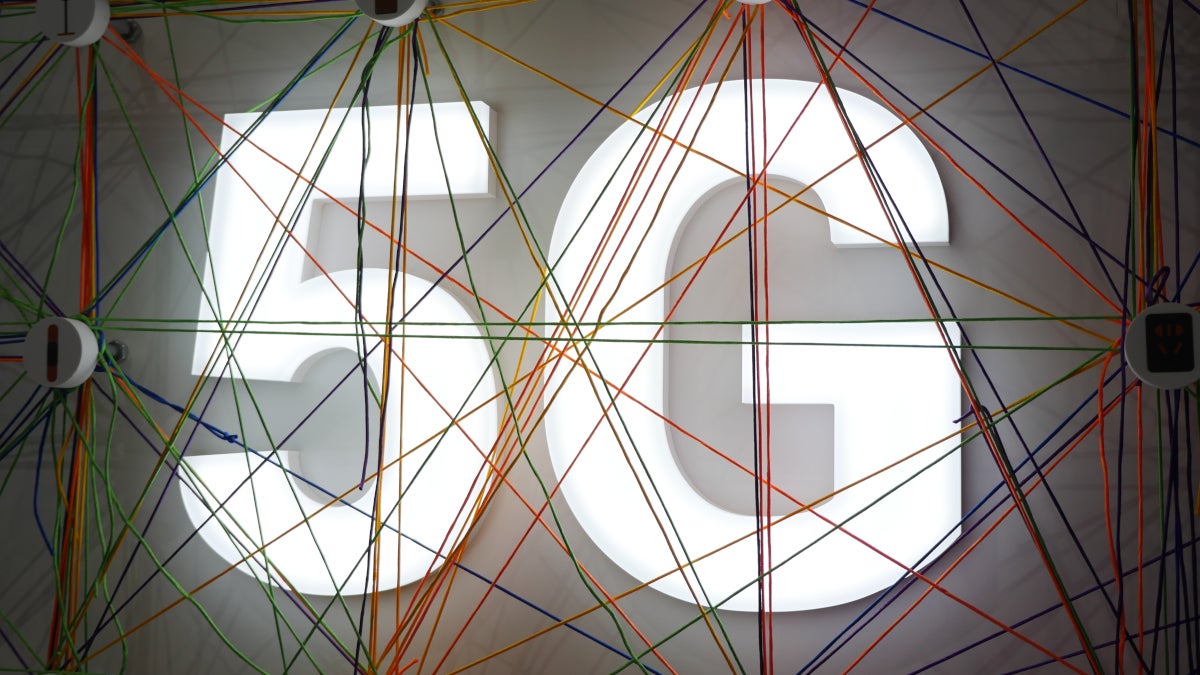
Mid-band spectrum has become the Goldilocks of wireless. The signals travel farther than mmWave and offer faster downlink and uplink speeds than low-band. This was something that T-Mobile figured out before AT&T and Verizon did. While those two wireless providers felt that starting their 5G buildouts using mmWave spectrum was the smart thing to do, they seemed to forget that because these signals don't travel far, very few of their subscribers could take advantage of the very fast 5G speeds.
T-Mobile took a completely different approach than Verizon and AT&T and it paid off big time
T-Mobile took a different approach. The carrier coveted the 2.5GHz mid-band spectrum owned by Sprint and spent over $26 billion to buy the company. Once it had the 2.5GHz spectrum in its hands, T-Mobile became the early U.S. leader in 5G. Sure, mid-band isn't as fast as mmWave, but it is much more accessible to the average smartphone user. AT&T and Verizon finally got the message and the pair spent over $68 billion combined to buy mid-band spectrum in the C-band (3.7GHz-3.98GHz).

T-Mobile's 5G layer cake was the blueprint for its 5G rollout
T-Mobile has added to its mid-band holdings over the years with purchases of more 2.5GHz airwaves and some C-band spectrum as well. Per LightReading, some of T-Mobile's competitors such as AT&T and Dish believe that the FCC should place stricter limits on the amount of spectrum that one company can buy. Dish Wireless, which is in the process of becoming the fourth largest 5G network in the U.S. to replace Sprint, recently submitted a filing to the FCC.
In its filing, Dish wrote that the FCC should lower the threshold for setting off a spectrum screen from 33% to 25%. In other words, the screen would be called for when a carrier proposes a transaction that would leave it with over 25% of the available spectrum for commercial services in a certain market. If a company's purchase of airwaves sets off the requirement for an FCC spectrum screen, the regulatory agency takes a closer look at the transaction and decides if the acquiring company should divest additional spectrum in the name of wireless competition.
In 2014, the FCC used the spectrum screen to focus on spectrum with frequencies under 1GHz and two years later added rules for mmWave spectrum (typically above 20GHz). AT&T has lobbed in a proposal asking the FCC to consider running spectrum screens on transactions involving mid-band spectrum found in the range between 2.5GHz and 6GHz. The FCC is reportedly considering this proposal.
AT&T calls T-Mobile's purchase of additional mid-band spectrum "anticompetitive foreclosure"
Perhaps AT&T confused T-Mobile's shrewd move in purchasing Sprint for its mid-band 2.5GHz spectrum to be anticompetitive. It actually was a brilliant strategy that highlights the mistake that AT&T and Verizon made leaving the pair falling behind with their focus on mmWave. Instead of making that admission, AT&T told the FCC, "T-Mobile's spectrum strategy – i.e., accumulating an outsized share of a key scarce input that it has no current plans to deploy, thus denying it to rivals and raising their costs – is a classic example of anticompetitive foreclosure."
Even T-Mobile believes that some changes are needed. The nation's second-largest wireless provider told the FCC, "The commission's current spectrum holdings policies and rules are unquestionably out of date and in need of reform." However, the carrier said that putting limits on the amount of spectrum that one company can own is not an easy thing to do in the 5G era. T-Mobile's solution is to limit the amount of spectrum that one company can purchase in an FCC auction of spectrum.
"Upfront limits are the most effective way to ensure robust auction participation and fast, efficient licensing to put auctioned spectrum to use for consumers," T-Mobile wrote in its FCC filing. Surely T-Mobile doesn't want draconian limits placed on agency spectrum auctions. After all, the company's 5G plans actually started in 2017 when it spent nearly $8 billion to win 45% of the 600MHz low-band spectrum auctioned off by the FCC and used today for its nationwide Extended Range 5G network.
Follow us on Google News



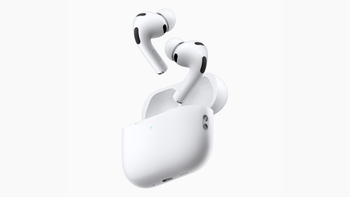
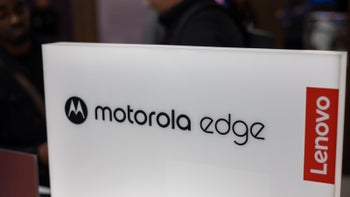
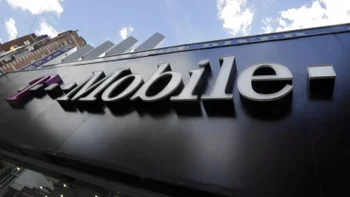

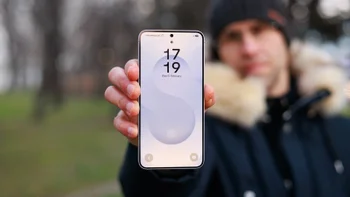
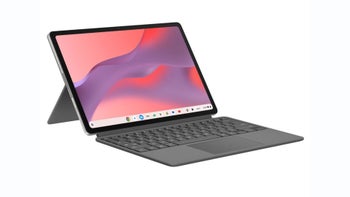

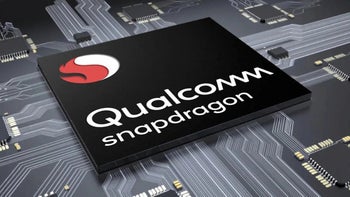
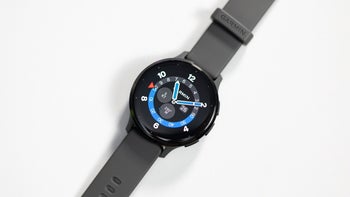
Things that are NOT allowed:
To help keep our community safe and free from spam, we apply temporary limits to newly created accounts: